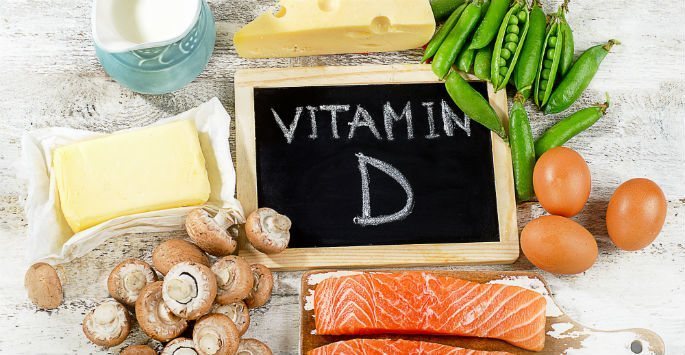Skin cancer is on the rise, and millions of Americans will be diagnosed with skin cancer this year alone. However, myths and misunderstandings are making the problem worse, as many people believe that they should sun bathe or visit tanning salons in order to protect themselves from vitamin D sufficiency. The decision to tan is not trivial. Melanoma is the most common cancer in young adults ages 25-29, and skin cancer is the most common cancer in the United States. If people are really concerned about their health, they need to consider skin cancer and the tradeoffs of how they are choosing to obtain their vitamin D. But do we need sun exposure to have adequate vitamin D levels? Can you avoid skin cancer and have enough vitamin D?
Vitamin D is a fat-soluble vitamin that affects calcium levels in the blood. Calcium can be good and bad. Too little calcium can cause weak bones. Too much calcium can cause heart disease because calcified plaques build up in arteries in the heart. So there can be too much of a good thing, and more vitamin D does not necessarily equal a healthier you. Vitamin D intake of 600 IU/day for those aged 19-70 is the recommended amount, and individuals 71 years and up should be sure to get 800 IU/day. The “upper level intake” recommendation is 4,000 IU/day, but there’s no reason to push those limits.
The right amount of vitamin D may vary based on the individual. If someone has a family history of certain types of kidney stones or of heart disease but not of weak bones (osteoporosis) then that person might want lower vitamin D levels. In most cases, we do not know the right answer for a certain person. Genetics and individual variation are something that we cannot yet accurately account for when providing individual recommendations.
Although many physicians argue that most individuals can obtain adequate vitamin D by eating a vitamin D rich diet, it proves to be difficult without the help of a multivitamin. Fortified milk and orange juice only contain 100 IU of vitamin D in 8 ounces of liquid. Other common dietary staples such as fortified cereals only supply 40-50 IU/8 ounces and egg yolk has a vitamin D content of 21 IU per yolk. It would take 2 large glasses of milk and 21 eggs per day to reach your vitamin D goal. Based on current recommendations, one of the only reasonable ways to achieve the proper vitamin D levels through diet is with the consumption of fatty fish: such as halibut, herring, salmon, mackerel or tuna. If you are not a fan of these options and you are limiting your sun exposure, you should take either a daily multivitamin or a teaspoon/pill of cod liver oil. New additions to the nutritional market such as chewable vitamins or even fish oil gummy vitamins are surprisingly tolerable, even to the pickiest of eaters.
Do we have to stay inside and chew our fish oil gummies to remain in top health? No! Get outside. Enjoy life. Be active. Wear sunscreen! But do not intentionally sunbathe or go to the tanning salon. To get your vitamin D, make healthy dietary choices that include a daily multivitamin with vitamin D.
By Dr. Brent Taylor, MD; Board-certified dermatologist, vein-care specialist and fellowship-trained Mohs surgeon; Premier Dermatology and Mohs Surgery of Atlanta, 3180 North Point Parkway, Suite 420, Alpharetta, GA 30005. 678-345-1899

